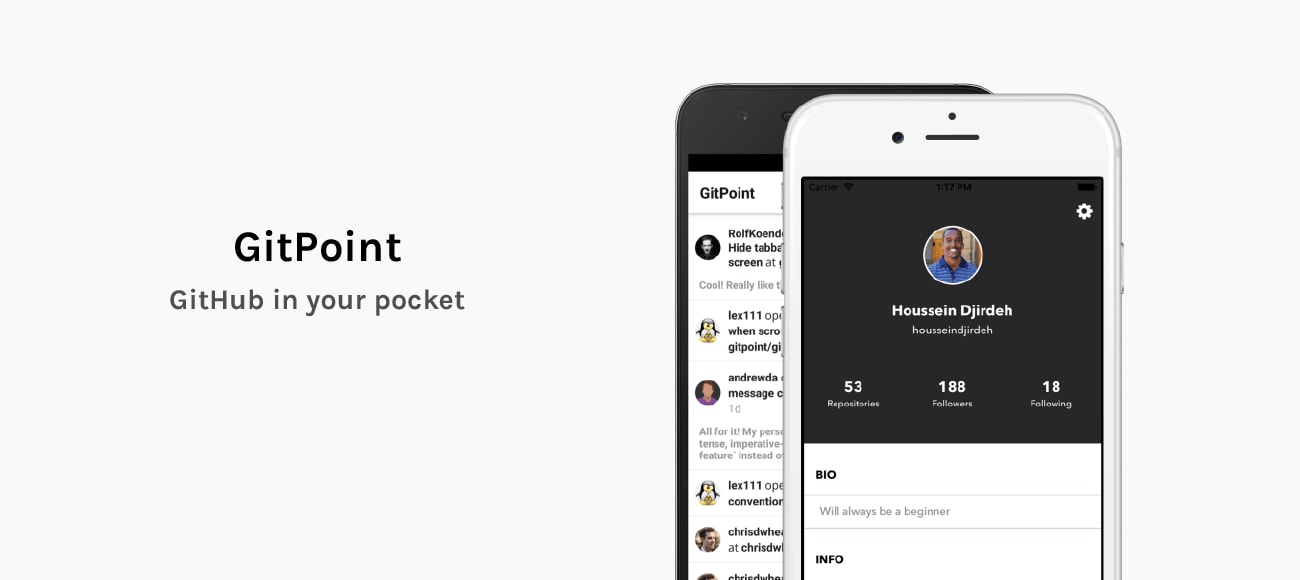Blog

With support from Alex Karasyov. Although Agile development is common practice within many of the world’s leading tech companies, many aspects of the process are still misunderstood, misused, or all alone ignored. Agile software development refers to a set of best practices, methodologies and team values that allow organizations to quickly adapt to changing customer needs and respond to competitors, all while solidifying team morale.

In Creating Forms with Redux Part I, we hooked up our forms to Redux, learned about the reduxForm HOC and Field component, styled our forms, and made a custom input component. In this section, we continue creating reusable components for the most common form widgets, learn how to do field-level validation, and dive a bit deeper into the built-in action creators and selectors to help us create a more dynamic form.

There are few things less appealing than forms but they’re still one of the most direct ways for a user to dump a hunk of data into your server. To make the process of filling a form as painless as possible, one needs a good form system that handles common concerns such as:

If you’ve been involved in mobile development in any way in the past few years, you may have heard of React Native - a framework that lets you build native mobile applications using only JavaScript and React.

eCommerce is no longer just an add-on to conventional brick and mortar sales, but an integral part of business strategy. Customers are buying online with increased frequency, while also using mobile to research purchasing decisions before stepping foot in a store. Whether it’s a physical storefront or a digital one, eCommerce solutions need to meet customers where they’re at in order to maximize profits for businesses and provide seamless shopping experiences for customers.

Cryptocurrency is getting hotter by the second. Though Bitcoin is the big name in the cryptocurrency game, there are many other crypto players claiming to serve a unique and underserved purpose in the market.

With so many inspiring and insightful leaders at last week’s sold-out Lean Innovation track at Elevate Toronto, we had to bring you five more takeaways.

Rangle had the pleasure of hosting a sold-out crowd of Lean Innovation experts and enthusiasts at our new office yesterday. As part of the Elevate Toronto Festival, the event sought to celebrate Canadian innovation through the lens of what it means to embrace lean methodologies in today’s world.
